My Life Without Steve (1986)
Gênero :
Runtime : 53M
Director : Gillian Leahy
Sinopse
Through the story of one woman’s year in a room with a view, the film catches its audience up in the collective memories of all those who have loved and lost. Through a study of Liz’s obsession and loneliness, the film mixes the particular with the universal to cover the whole gamut of feelings and theories about lost love. Ranging from the popular to the more erudite, snatches of songs, quotes and diary jottings are all stitched together with stories from Liz’s past and descriptions in minutiae of her current existence. The B side of love is richly played out through the words of an A team of interpreters from Split Enz, Laurie Anderson and Bob Dylan to Freud, Marge Piercy, Collete and Roland Barthes.
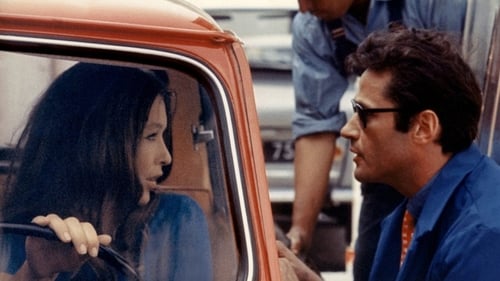
O "Dela" no título do filme se refere à Paris dos anos 60, um retrato da sociedade de consumo, em meio à pobreza das massas e conflitos como a Guerra do Vietnã. Um dos exemplos dessa atmosfera é Vlady, uma dona-de-casa que se divide entre cuidar da família e a prostituição, o meio mais fácil que encontra para poder ganhar dinheiro e satisfazer suas necessidades mais frívolas.
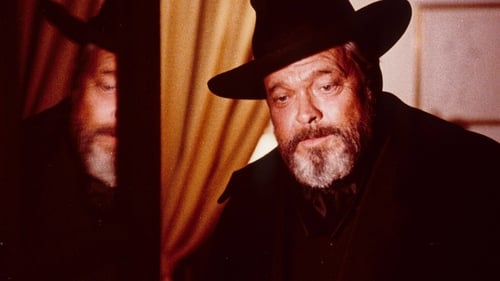
F for Fake é um documentário ensaístico, um filme sobre a fraude, a mentira, nos seus vários ângulos. Centra-se na vida do famoso falsificador de arte Elmyr de Hory.Welles surge em vários locais, inclusive num restaurante, até numa suposta sala de edição, criando um filme dentro do filme.

An essay-film about images and politicians.

Um ensaio atmosférico, servindo como uma versão alternativa do “Conde Drácula”, um filme dirigido por Jess Franco em 1970; uma narração fantasmagórica entre ficção e realidade.

A girl haunted by traumatic events takes us on a mesmerising journey through 100 years of horror cinema to explore how filmmakers scare us – and why we let them.

Cremaster foi feito durante um período de oito anos (1994-2002) e culminou em uma grande exposição do museu organizado por Nancy Spector do Museu Solomon R. Guggenheim , em Nova York, que viajou para o Museu Ludwig , em Colónia e do Musée Moderne arte d' em Paris, de 2002-03. Colaborador de longa data do Barney Jonathan Bepler compostas e arranjadas as trilhas sonoras para os filmes.

A very personal look at the history of cinema directed, written and edited by Jean-Luc Godard in his Swiss residence in Rolle for ten years (1988-98); a monumental collage, constructed from film fragments, texts and quotations, photos and paintings, music and sound, and diverse readings; a critical, beautiful and melancholic vision of cinematographic art.
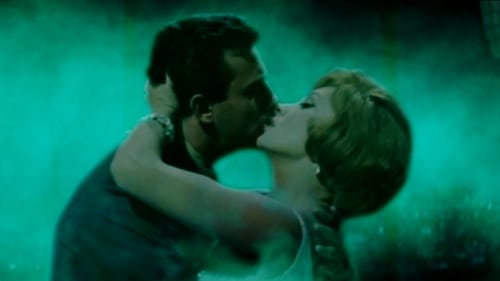
A tribute to a fascinating film shot by Alfred Hitchcock in 1958, starring James Stewart and Kim Novak, and to the city of San Francisco, California, where the magic was created; but also a challenge: how to pay homage to a masterpiece without using its footage; how to do it simply by gathering images from various sources, all of them haunted by the curse of a mysterious green fog that seems to cause irrepressible vertigo…

For just forty days, filmmaker and writer Mark Cousins embarks on a peculiar journey in order to explore topics as the passion for cinema and certain aspects related to making films as style, ideas, emotions and practicalities; an ambitious exploration of the universal language of cinema by analyzing pieces of work that cross every artistic and cultural boundaries.
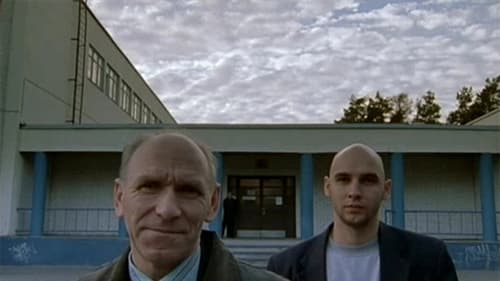
Twenty-five films from twenty-five European countries by twenty-five European directors.

How do you put a life into 500 words? Ask the staff obituary writers at the New York Times. OBIT is a first-ever glimpse into the daily rituals, joys and existential angst of the Times obit writers, as they chronicle life after death on the front lines of history.
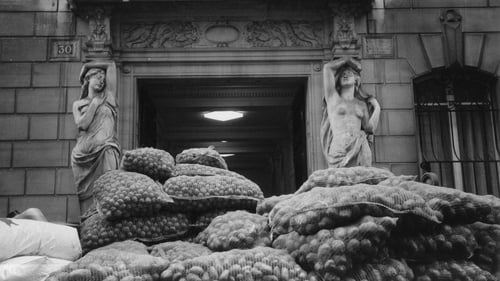
Commissioned by French television, this is a short documentary on the neo-classical statues found throughout Paris, predominantly on the walls of buildings, holding up windows, roofs etc.

A provocative and poetic exploration of how the British people have seen their own land through more than a century of cinema. A hallucinated journey of immense beauty and brutality. A kaleidoscopic essay on how magic and madness have linked human beings to nature since the beginning of time.
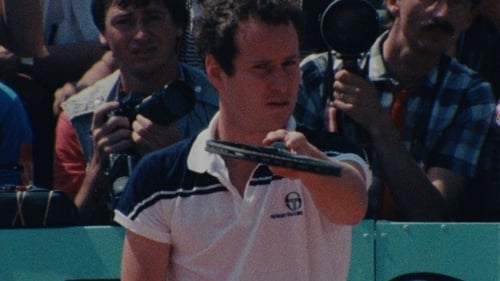
An immersive film essay on tennis legend John McEnroe at the height of his career as the world champion, documenting his strive for perfection, frustrations, and the hardest loss of his career at the 1984 Roland-Garros French Open.

No Porto, Manoel de Oliveira está prestes a deixar a casa que ocupou durante décadas por causa de suas dívidas. Ao espectador, ele fala sobre sua história familiar, cinema e arquitetura, compartilha vídeos caseiros e reencena seu desentendimento com a ditadura militar.

Entenda os movimentos negros brasileiros entre 1977 e 1988 e a relação entre Brasil e África, com destaque para a história pessoal de Beatriz Nascimento.

A very personal look at the history of cinema directed, written and edited by Jean-Luc Godard in his Swiss residence in Rolle for ten years (1988-98); a monumental collage, constructed from film fragments, texts and quotations, photos and paintings, music and sound, and diverse readings; a critical, beautiful and melancholic vision of cinematographic art.

In the fourth and final instalment of Karel Vachek’s not-so-little Little Capitalist Tetralogy, preparations for an opera performance in the Czech capital’s art-nouveau National Theatre become the occasion for a reflection on rebels, dissidents, and others subversives who stand in battle, heroically and sometimes tragically, against majority opinion, established rules, or powerful institutions. "As the camera wanders over, around and through Prague’s lavish National Theatre, director J.A. Pitínský coaches singers through a rehearsal of Bedřich Smetana’s tragic opera Dalibor. Intercut with the tale of the 15th-century knight who, imprisoned, refused to name names, Vachek interviews, on the plush red seats of the empty theatre, a whole series of latter-day rebels.















